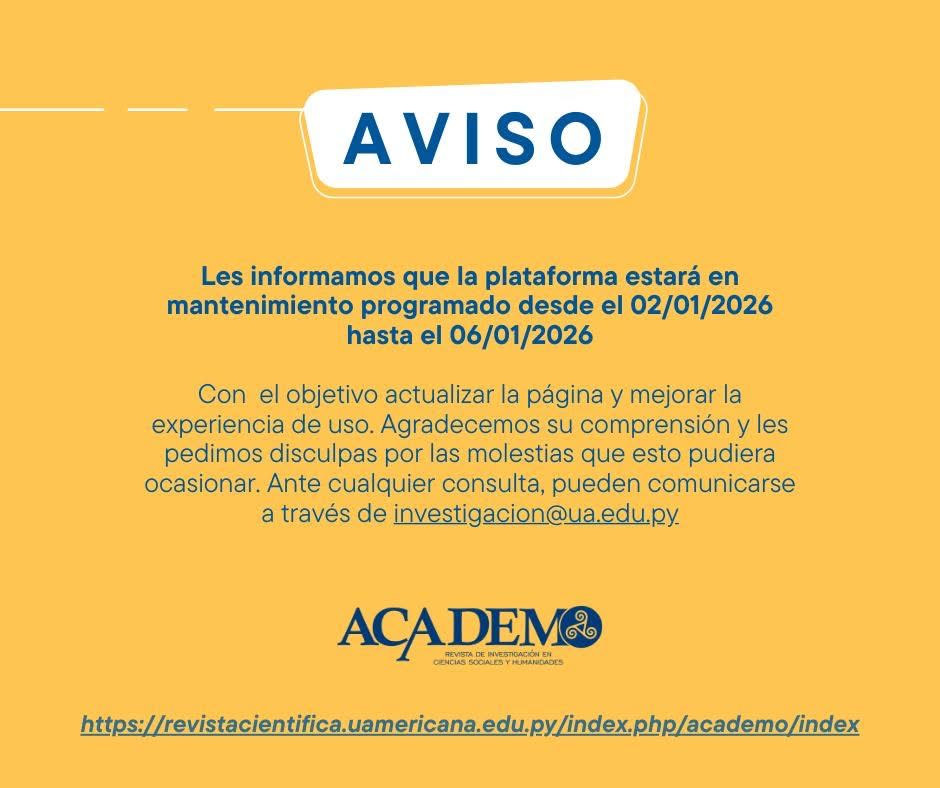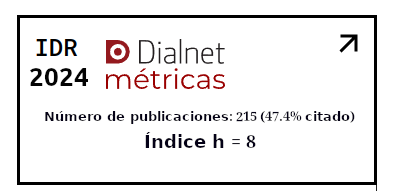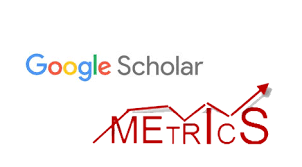Comparison of inflation-unemployment in the United States and Mexico at the beginning of the COVID-19 pandemic
DOI:
https://doi.org/10.30545/academo.2024.set-dic.5Keywords:
inflation, unemployment, expansive policies, pandemic, Phillips curveAbstract
As of the first quarter of 2020, economies around the world began a slowdown in their activity due to the confinement generated by the COVID-19 pandemic. In several economies, expansionary monetary and fiscal policies were implemented to try to avoid a drastic drop in unemployment and production. The objective of the work is to analyze the relationship between the levels of inflation and unemployment at the beginning of the pandemic, both in Mexico and in the United States of America, and to assess whether there is a difference in said relationship between both countries. Monthly inflation and unemployment data were used from January 2016 to December 2020, considering a Generalized Additive Model (MAG) to study the relationship between inflation and unemployment in both countries. The expected results would suggest the evident existence of the Phillips curve in the short term in the United States, but not in Mexico, so it would not justify an expansive fiscal policy in the latter to stimulate the economy. It is concluded that orthodox economic policies to stimulate the economy and reduce unemployment would not necessarily have the expected effects in the case of Mexico but would have an increase in prices.
Downloads
References
Behera, H., Garima, W., & Muneesh, K. (2017). Phillips curve relationship in India: Evidence from State-Level analysis. RBI Working Paper Series No. 8.
Blundell, R., Griffith, R., Levell, P., & O’Connell, M. (2020). Could COVID-19 infect the consumer prices index? Fiscal Studies, 41(2), 357–361.
Bonam, D., & Smadu, A. (2021). The long-run effects of pandemics on inflation: Will this time be different? Economics Letters, 208, 1-4.
Bresser-Pereira, L. C. (2020). Financing COVID-19, inflation and the fiscal constraint. Forum for Social Economics, 49(3), 241-256.
Echarte, M. A., Náñez, S. L., Forradellas, R. R., & Vázquez, J. J. (2022). From the great recession to the COVID-19 pandemic: the risk of expansionary monetary policies. Risks, 10(23), 1-17.
Friedman, M. (1968). The role of monetary policy. American Economic Review, 58, 1-17.
Hayat, M. A., Ghulam, H., Batool, M., Naeem, M. Z., Ejaz, A., Spulbar, C., & Birau, R. (2021). Investigating the causal linkages among inflation, interest rate, and economic growth in Pakistan under the influence of COVID-19 pandemic: A wavelet transformation approach. Journal of Risk and Financial Management, 14(277), 1-22.
Khan, Y. A. (2022). Modeling dependent structure among micro‑economics variables through COPAR (1) -model in Pakistan. Journal of Quantitative Economics, 20, 257-279.
Kollmann, R. (2021). Effects of covid-19 on euro area GDP and inflation: Demand vs. supply disturbances. MPRA, No. 108285, 1-23.
Loayza, N. V., & Pennings, S. (2020). Macroeconomic policy in the time of COVID-19: A primer for developing countries. The World Bank.
Mazumder, S. (2011). The stability of the Phillips curve in India: Does the Lucas critique apply? Journal of Asian Economics, 22, 528–539.
Moran, K., Stevanovic, D., & Touré, A. K. (2022). Macroeconomic uncertainty and the COVID-19 pandemic: measure and impacts on the Canadian economy. Canadian Journal of Economics, 20, 1-27.
Phillips, A. W. (1958). The relation between unemployment and the rate of change of money wage rates in the United Kingdom, 1861–1957. Economica, 25, 283–99.
Reinhart, C. M. (2022). From health crisis to financial distress. International Monetary Fund Economic Review, 1-28.
Roldán, N. (2018). La estafa maestra: el sello del gobierno federal. En Nayeli Roldán, Miriam Castillo y Manuel Ureste, La estafa maestra, Temas de Hoy, México.
Samuelson, P., & Solow, R. (1960). Analytical aspects of anti-inflation policy. The American Economic Review, 50, 177–94.
Singh, B. K., Kanakaraj, A., & Sridevi, T. O. (2010). Revisiting the empirical existence of the Phillips curve for India. Journal of Asian Economics, 22, 247–58.
Vijay, V., Karakunnel, J. J., Loganathan, S., & Meyer, D. F. (2021). From a recession to the COVID-19 pandemic: Inflation–unemployment comparison between the UK and India. Economies, 9(73), 1-19.










